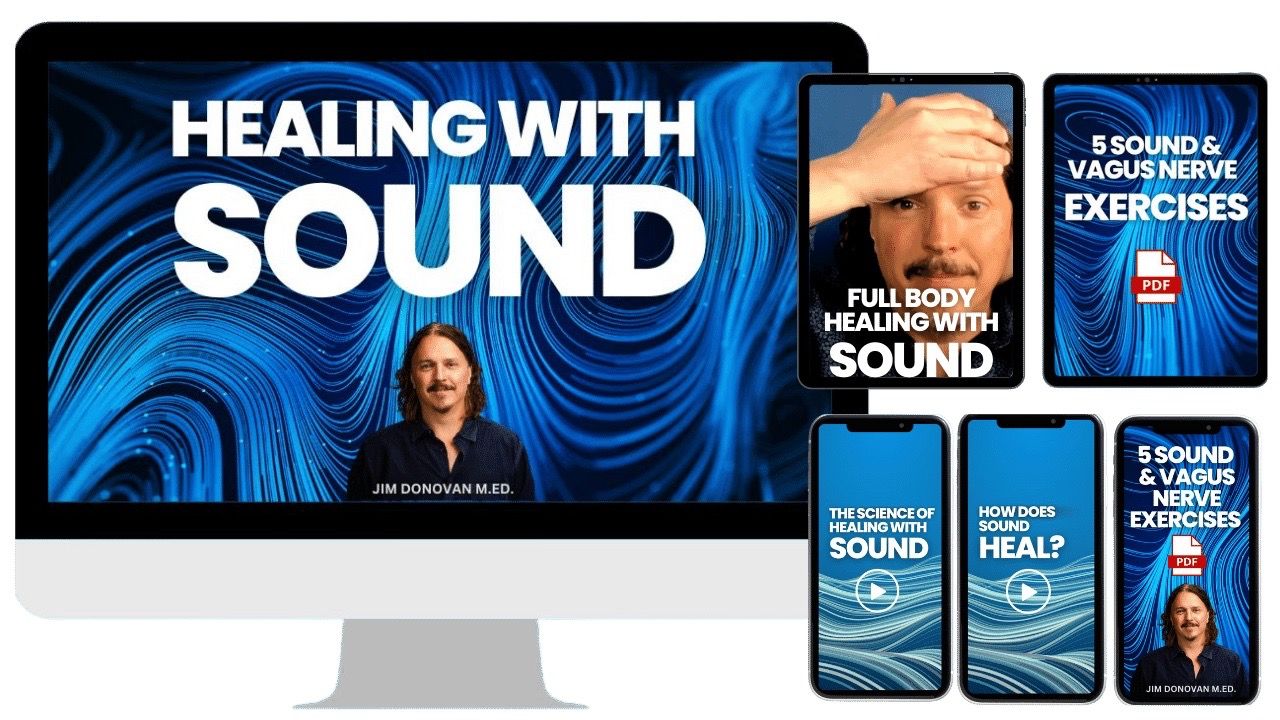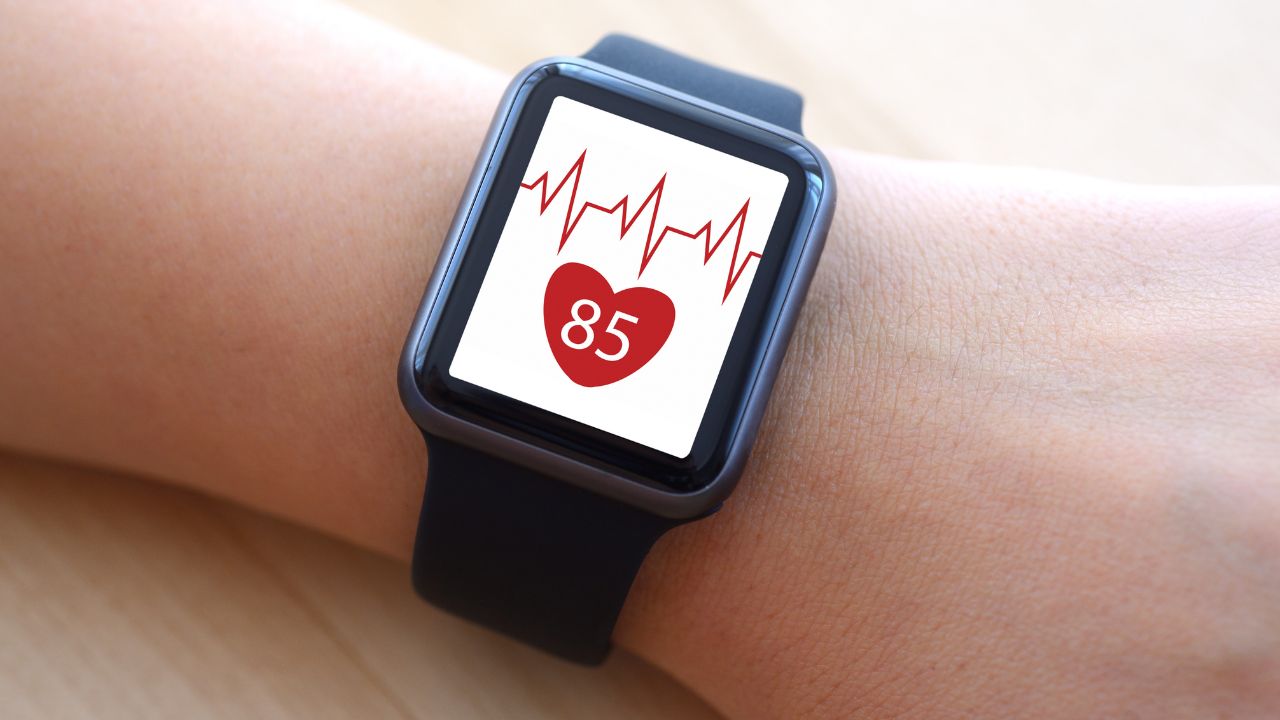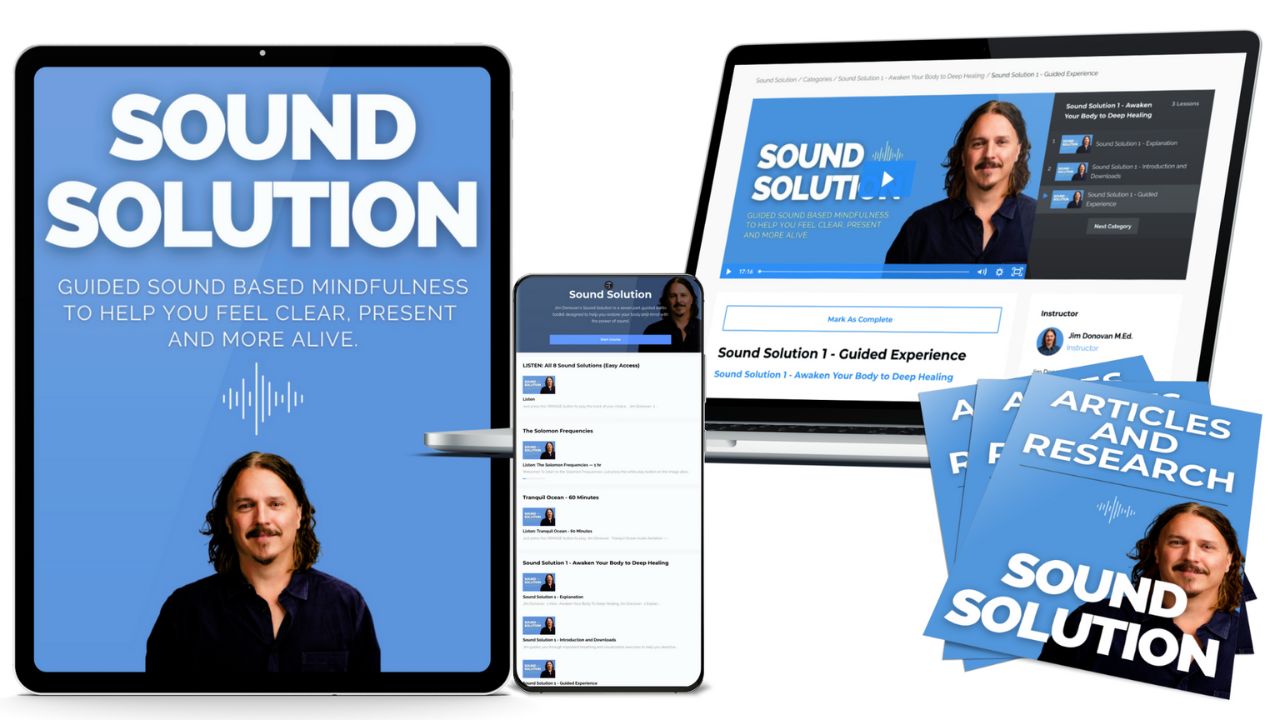Six of These Per Minute Can Improve Heart Health

Use this quick exercise to eradicate stress
Lately I’ve come across a lot of research touting the heart benefits of a specific technique that’s seemingly taking the alternative health world by storm…
A technique that optimizes one of your body’s most powerful built-in systems.
A system that athletes, coaches, biohackers, and thousands of health-conscious people are striving to better track, understand, and optimize.

Understanding your HRV
This system is called heart rate variability, or HRV—a reliable health marker that can indicate your current state of health and fitness.
HRV measures the variation in time intervals between your heart beats. Some periods between heart beats may be quicker, and some slower—which is completely normal (and actually healthy).
This is an important measurement because HRV is controlled by your autonomic nervous system (ANS) which regulates your heart rate, blood pressure, breathing, and digestion.
Your ANS has two branches: your parasympathetic system (or your “rest and digest'' response) and your sympathetic system (or your “fight or flight” response).
A low HRV has been linked to depression and anxiety, when your sympathetic system is dominant. And in more serious cases, this can increase the risk of cardiovascular disease and death.
But a higher HRV indicates that both parasympathetic and sympathetic systems are functioning properly and in balance—meaning you have a healthy, resilient ANS. In other words, the healthier your ANS, the faster your body is able to switch gears from calm and rested to proactive and alert.
And when your ANS system is strong, you tend to bounce back from stress more quickly—a very important factor when it comes to good health… particularly your cardiovascular health.
How Much Better Could You Be Feeling?
Find Out Now.
100% Free. No credit card required.
Feel fantastic in minutes with the healing power of sound-based vagus nerve stimulation
Fix your whole-body health with this simple trick
The big discovery the latest studies have made is that it’s possible to transform (or maintain) your HRV—and as a result, your whole-body health—with one simple technique.
Researchers have recently observed the profound effects this technique—a simple shift in your breathing rhythm—can have on improving your HRV and overall heart health.
The researchers found that this change in breathing pattern increases your heart rate variability (HRV). (Again, having a high HRV is a good thing.)
But the key to achieving this health-boosting breathing rhythm is to breathe at a 0.1 hertz (Hz) frequency.
“Frequency,” in this case, refers to how many times per minute you breathe.
Right now, you probably breathe around 12 to 15 breaths per minute—a normal breathing rate for most adults.
But breathing at 0.1 Hz frequency—a common form of slow, deep breathing—works out to be about half that much... approximately six breaths per minute.
At this rate of frequency, your heart rate and breathing rate eventually sync up, which helps your body produce your highest HRV levels.
To further illustrate the effects of 0.1 Hz breathing, another study from Brigham Young University in Provo, Utah, researchers split 95 study participants into two groups.
One group participated in the 0.1 Hz breathing technique for 15 minutes, while the others sat quietly for the same length of time.
Afterward, the researchers took various measurements. They found that those in the breathing group exhibited a higher HRV, lower systolic blood pressure, as well as a more positive mood.
The study participants who sat quietly showed no improvement in their heart measures and actually reported a decline in mood.

Control your breathing rhythms for peak heart health
So how can you achieve a 0.1 Hz breath frequency? It’s pretty simple, actually.
Give this a try:
- Make yourself comfortable. You can either be in a seated or laying position.
- Start a timer for 15 minutes.
- The main idea is to reduce the speed of your breathing so that you complete one total breath cycle (one inhalation and one exhalation) every 10 seconds.
In other words:
Inhale slowly, and count to five silently.
Then exhale slowly, and count to five silently.
- After your 15 minutes is up, take note of how you feel.
Do you feel less stressed and anxious? Are you in a better mood?
And of course, be sure to stop the exercise if you feel uncomfortable or light-headed at any point.
Deliberately and regularly slowing your breathing is an effective, all-natural, and inexpensive way to strengthen your resilience to stress and improve your overall heart health.
Consider making this exercise a part of one of your established daily routines—perhaps during a daily walk, on your evening commute, or right before bedtime.
Sometimes all it takes is something as simple as 15 minutes a day to activate your body’s built-in healing systems and transform your health. Remember, oftentimes, your body's "built-in" tools with can work better than anything money can buy… it’s all a matter of knowing the right way to use them.
Be Well,
Jim Donovan, M.Ed.
Would You Like Guided Help Healing with Sound?
Try my Sound Solution Guided Audio Bundle!
Jim Donovan's Sound Solution is a seven part guided audio toolkit designed to get you started with sound based vagus nerve stimulation.
Recommended Reading
Introduction to Healing with Sound: A Comprehensive Guide Discover the power of healing with sound! This comprehensive guide teaches you how to effectively use sound therapy to restore balance and health.
Healing the Body with Frequencies: The Basics Explained
Discover the secrets of healing your body with frequencies! This guide covers the basics of frequency healing and how to use it for better health and wellness.
Benefits of Vagus Nerve Exercises & 7 Simple Practices
Harness the power of the Vagus Nerve to improve health and wellbeing in a few simple steps! Discover what exercises you need to do, and why they are important.
Vagus Nerve Exercises for Stress and Anxiety Relief
Vagus Nerve exercises have been shown to ease stress and anxiety. Discover what the vagus nerve does, the latest research, and eight free vagus nerve exercises.
Music Healing for Stress, Anxiety and Pain
Music has been used as an effective tool to help people cope with anxiety, pain, stress, and more. Discover research and 7 tips for how music healing works.
Stimulating the Vagus Nerve for Better Sleep, Stress Relief & Health
The vagus nerve has been shown to be effective in treating insomnia, stress relief, anxiety, and mood. Learn 12 easy exercises for stimulation of vagus nerve.
What is Brain Humming? Brain Humming is an easy way to clear your mind and boost your mood using the power of sound. It’s also a great stress reliever. Beginner friendly tutorial.
SOURCES:
Campos, M. (2019). Heart rate variability: A new way to track well-being. Harvard Health Publishing.
Li C., Chang Q., Zhang J., and Chai W. (2018). Effects of slow breathing rate on heart rate variability and arterial baroreflex sensitivity in essential hypertension. Medicine. 97(18): pp. e0639. Retrieved from:
Gholamrezaei A., Van Diest I., Aziz Q., Vlaeyen J., and Van Oudenhove L. (2019). Influence of inspiratory threshold load on cardiovascular responses to controlled breathing at 0.1 Hz. Psychophysiology. 56(11): p. e13447. Retrieved from:
Steffen, P., Austin, T., DeBarros, A., and Brown, T. (2017). The Impact of Resonance Frequency Breathing on Measures of Heart Rate Variability, Blood Pressure, and Mood. Frontiers in Public Health. Retrieved from:
FDA Compliance: The information on this website has not been evaluated by the Food & Drug Administration or any other medical body. We do not aim to diagnose, treat, cure or prevent any illness or disease. Information is shared for educational purposes only. You must consult your doctor before acting on any content on this website, especially if you are pregnant, nursing, taking medication, or have a medical condition.
The material provided on this site is for educational purposes only and any recommendations are not intended to replace the advice of your physician. You are encouraged to seek advice from a competent medical professional regarding the applicability of any recommendations with regard to your symptoms or condition.
Copyright © 2021-2022 by Blue Beat Media. Thank you for your interest in Jim Donovan / Jim Donovan Music. We do not allow republication of our full newsletters and articles. However, you can post a portion (no more than 90 words, 1-2 paragraphs) of our content with a live link back to our homepage, donovanhealth.com, or a link to the specific article you are quoting from.
Jim Donovan M.Ed. is a multi-platinum musician, educator and TEDx speaker. His mission is to share the restorative power of music through education and performance. He is also an Assistant Professor and Director of Music and Wellness at Saint Francis University.
His viral TEDx Talk "How to Trick Your Brain Into Falling Asleep" has been viewed over 6 million times to date.
Learn more: https://www.donovanhealth.com/



